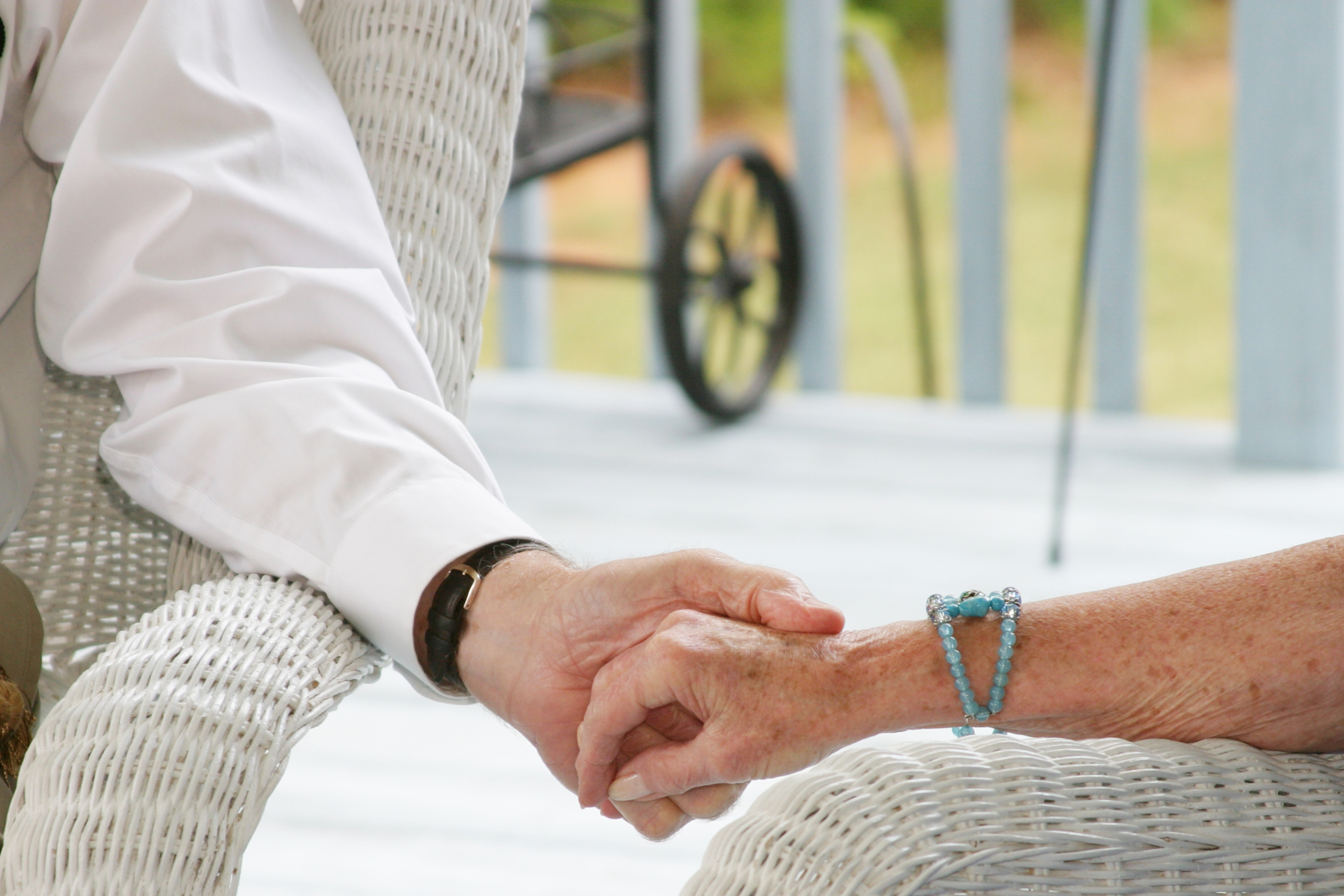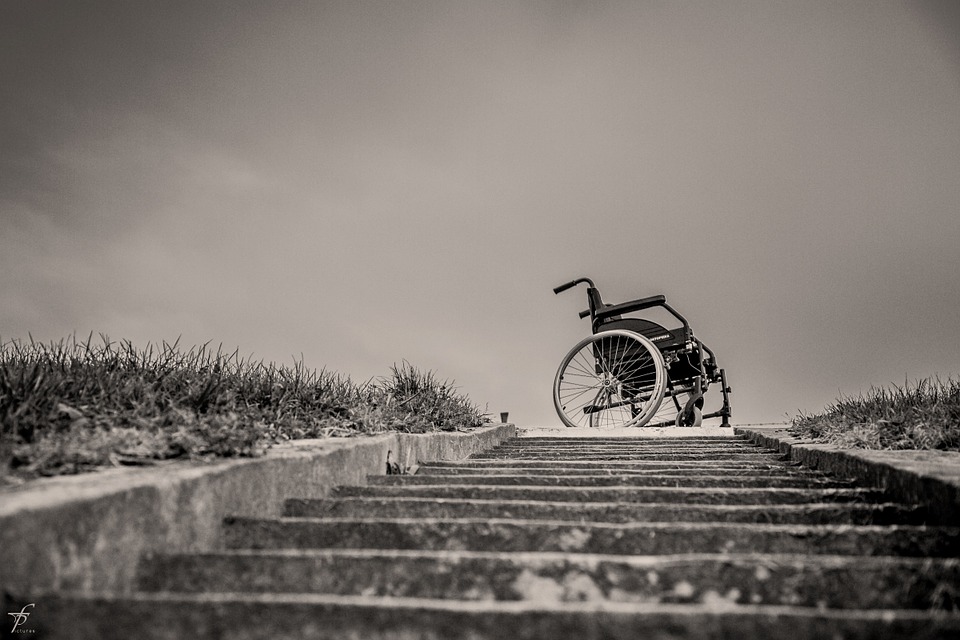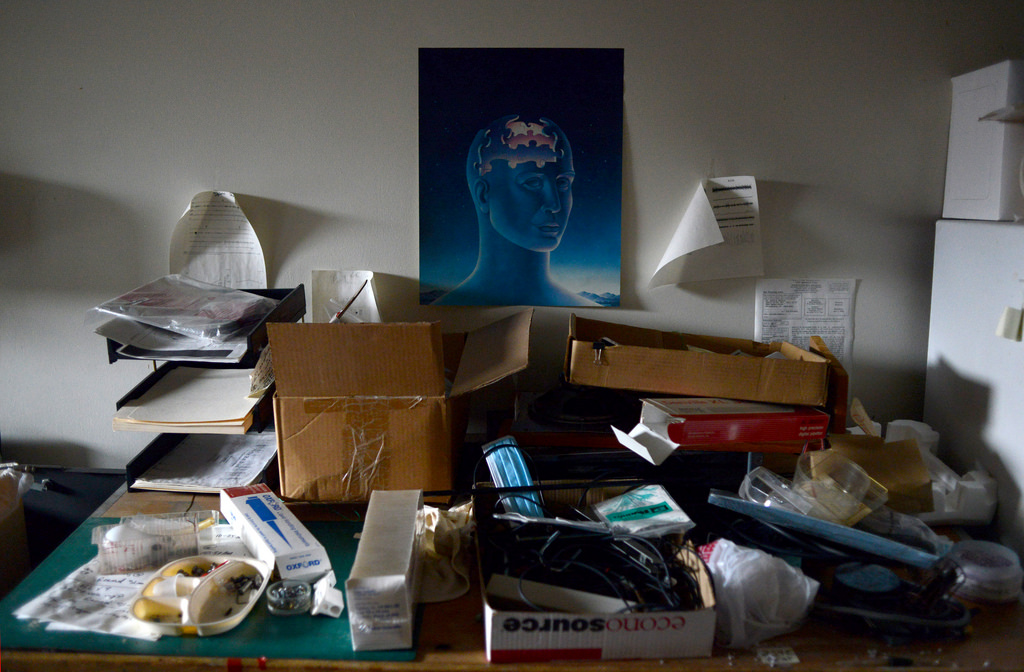Julie Entwistle, MBA, BHSc (OT), BSc (Health / Gerontology)
Co-written with Pauline Tran, Student Occupational Therapist
Warning – sensitive topic! Whether you agree or not with the moral, ethical and even religious implications of professional-assisted dying, the emerging laws about this are here and are a hot topic in health care.
Professional-Assisted Death (PAD) Explained
PAD includes both physician-assisted suicide and voluntary euthanasia.
Physician- assisted suicide (PAS) is defined as the process by which a physician (of a sick and/or disabled individual), provides the patient with the medical means or knowledge which directly or indirectly leads to the death of the individual (Radbruch et al., 2015). In this, the authority then lies within the patient who has the choice and ability to either perform the final act themselves, or they can choose to terminate treatments and allow natural disease progression to take its final path.
Euthanasia, on the other hand, is defined as the process of which a medical professional intentionally ends a person’s life through the administration of drugs at the patient’s voluntary and competent request (Radbruch et al., 2015). In this, the authority lies with the medical professional administering the lethal drug. Euthanasia can only be voluntary as medicalized killing without consent would be considered murder. With voluntary euthanasia, there are 2 types that apply to the involvement of medical professionals and their client(s):
o Active Euthanasia- refers to when a medical profession or another person engages in an act that causes the patient to die
o Passive Euthanasia – refers to when a medical professional either withdraws or withholds life- prolonging treatments or medications leading to the death of the patient
Clearly, with the general healthcare mandate to “do no harm” and to essentially try and preserve life, there are significant ethical, professional and moral considerations and implications for all professionals involved.
The Canadian Government Legalized PAS: What does this mean?
Bill C-14 (which actually amends the Criminal Code and makes related amendments to other Acts such as medical assistance in dying) was passed by the house of commons of Canada on April 14, 2016. Essentially this Bill legalises physician- assisted death in Canada. However, the following eligibility criteria must be met for those who wish to pursue medical assistance in dying:
a) Adults must be eligible for health services funded by a government in Canada.
b) Adults ages 18 years or older who are capable of making decisions in relation to their health.
c) Have a grievous and irremediable medical condition outlined as:
a. In the advanced state of a serious incurable disease, illness or disability
b. Declining in functional capacity
c. Moving towards end of life
d. Does not have a specific prognosis or predicted time period for their death
d) Have made a voluntary request for medical assistance in dying which was not made as a result from external pressure.
e) They are provided with informed consent to receive medical assistance.
To summarize, Bill C-14 approves the act of medically assisted death for adults who meet the eligibility criteria above.
Motivation behind medical assisted death?
Before being involved in the creation or implementation of an end-of-life plan, it is important that all people understand the purpose behind the person’s desire to contemplate end-of-life options. As a friend, family member, or healthcare professional, understanding the background and foundation for the person’s desire to die is pivotal to being able to provide helpful support, resources and assistance.
The following are some reasons why patients request help with assisted suicide:
- Illness- related experiences
o They suffer from physical, psychological, social or spiritual sufferings.
o Side effects of medications and treatments
o Unacceptable and unmanageable symptoms
o Fear of future pain, suffering and pain management
o Decreased quality of life
- Sense of self and desire to have control over end of life decisions
o Loss of control, function, independence
o Being a burden to family members and others
o Loss of identity, essence
Understanding the motivation behind requesting or asking about medically assisted death allows for all parties to understand where the patient is coming from and to help identify what they underlying issues the patient may be facing as a result of their illness or disability. This way, the request can be explored further truly client-centered care can be provided.
Occupational Therapy and Assisted Death
As Occupational Therapists (OT), we have a large role in assisting people to obtain a desired quality of life, and to function safely and independently. However, we are also a client-centered profession that witnesses firsthand the often devastating impact of some illnesses, diseases and disabilities. As such, we already play an important role in palliative care, and this involvement can extend into end-of-life planning as well. For example, OT’s can enable people who are dying to engage in meaningful activities, roles, and occupations. OT’s can explore a client’s wish to die, can be part of the team of professionals helping to provide alternatives to end of life decisions, or can move forward with assisting the client to coordinate the process. Our therapy can involve analyzing, reflecting, and exploring an individual’s life though their past roles and relationships to help bring peace and closure to the dying process.
Occupational Therapists can improve the assisted dying process across Canada as they are equipped agents of change. OT’s contribution to assisted dying care plans include:
o Assisting with typing up lifetime occupational roles
o Capacity assessments
o Exploring alternatives
o Creating meaningful memories
Through the help of OT, people will be more able to have a meaningful and thoughtful death experience, and can leave a coordinated and chosen legacy following. OT’s have the skills to offer considerable contribution to end of life care and can help people to create meaningful occupation in death itself.
Resources and References
Salubre, J. A. T. (2015). Physician Assisted Suicide.
Pearlman, R. A., Hsu, C., Starks, H., Back, A. L., Gordon, J. R., Bharucha, A. J., … & Battin, M. P. (2005). Motivations for Physician‐assisted Suicide.Journal of general internal medicine, 20(3), 234-239.
assets.documentcloud.org/documents/2803276/C-14-Medical-assistance-in-dying.pdf
www.ncbi.nlm.nih.gov/pmc/articles/PMC1490083/
www.caot.ca/conference/2015/presentations/t26.pdf
onlinelibrary.wiley.com.libaccess.lib.mcmaster.ca/doi/10.1002/oti.89/pdf
www.osot.on.ca/imis15/TAGGED/News/Ontario_Commits_to_Policy_Design_for_Physician-Assisted_Dying.aspx
www.caot.ca/otnow/sept15/otnow_9_15.pdf
www.caot.ca/conference/2015/presentations/t26.pdf
mediasite.otn.ca/Mediasite/Play/3b224828e91740bbb16b7152138cdd381d?catalog=fd668812d87c47f9b1ba6d979fed9af421













